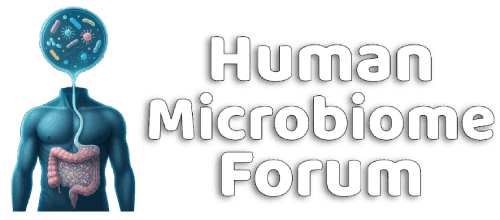Michael Harrop
Well-known member
https://medicalxpress.com/news/2024-10-plastic-chemical-phthalate-dna-breakage.html
https://journals.plos.org/plosgenetics/article?id=10.1371/journal.pgen.1011434
https://journals.plos.org/plosgenetics/article?id=10.1371/journal.pgen.1011434
Benzyl butyl phthalate (BBP) is a chemical that makes plastic more flexible and durable, and is found in many consumer products, including food packaging, personal care products and children's toys. Previous studies have shown that BBP interferes with the body's hormones and affects human reproduction and development, but the details of how it impacts reproduction have been unclear.
They saw that at levels similar to those detected in humans, BBP interferes with how newly copied chromosomes are distributed into the sex cells. Specifically, BBP causes oxidative stress and breaks in the DNA strands, which lead to cell death and egg cells with the wrong number of chromosomes.
Overall, the study underscores the toxic nature of this very common plastic ingredient and the damage it causes to animal reproduction.
Abstract
Benzyl butyl phthalate (BBP), a plasticizer found in a wide range of consumer products including vinyl flooring, carpet backing, food packaging, personal care products, and children’s toys, is an endocrine-disrupting chemical linked to impaired reproduction and development in humans. Despite evidence that BBP exposure perturbs the integrity of male and female gametes, its direct effect on early meiotic events is understudied.
Here, using the nematode Caenorhabditis elegans, we show that BBP exposure elicits a non-monotonic dose response on the rate of X-chromosome nondisjunction measured using a high-throughput screening platform. From among the range of doses tested (1, 10, 100 and 500 μM BBP), we found that 10 μM BBP elicited the strongest effect on the germline, resulting in increased germ cell apoptosis and chromosome organization defects. Mass spectrometry analysis shows that C. elegans efficiently metabolizes BBP into its primary metabolites, monobutyl phthalate (MBP) and monobenzyl phthalate (MBzP), and that the levels of BBP, MBP, and MBzP detected in the worm are within the range detected in human biological samples. Exposure to 10 μM BBP leads to germlines with enlarged mitotic nuclei, altered meiotic progression, activation of a p53/CEP-1-dependent DNA damage checkpoint, increased double-strand break levels throughout the germline, chromosome morphology defects in oocytes at diakinesis, and increased oxidative stress. RNA sequencing analysis indicates that BBP exposure results in the altered expression of genes involved in xenobiotic metabolic processes, extracellular matrix organization, oocyte morphogenesis, meiotic cell cycle, and oxidoreduction.
Taken together, we propose that C. elegans exposure to BBP leads to increased oxidative stress and double-strand break formation, thereby compromising germline genomic integrity and chromosome segregation.
Author summary
Endocrine disrupting chemicals (EDCs) have been linked to various health problems including effects on reproductive health. Benzyl butyl phthalate (BBP) is a commonly used plasticizer found in many consumer products that has been shown to act as an EDC and affect human reproduction and development. However, how it might impact the germline and affect the specialized cell division program of meiosis, which results in the formation of haploid gametes (i.e. eggs and sperm), remained unclear.
Here, using the nematode C. elegans, we show that BBP exposure at levels within the range of what is detected in humans impairs accurate chromosome segregation, which can result in aneuploidy (the presence of an abnormal number of chromosomes in a cell).
Similar to mammals, BBP exposure in C. elegans results in a non-monotonic dose response, whereby lower doses result in the strongest effects, and BBP is efficiently metabolized, underscoring the use of this model system for gaining mechanistic insights into how this EDC impacts the germline. BBP results in increased levels of DNA double-strand breaks (DSBs), activation of a DNA damage checkpoint, and altered chromosome morphology in exposed germlines.
We propose that BBP exposure alters gene expression and results in increased oxidative stress, resulting in increased DSBs, thereby compromising chromosome morphology and accurate segregation.
- Format correct?
- Yes
